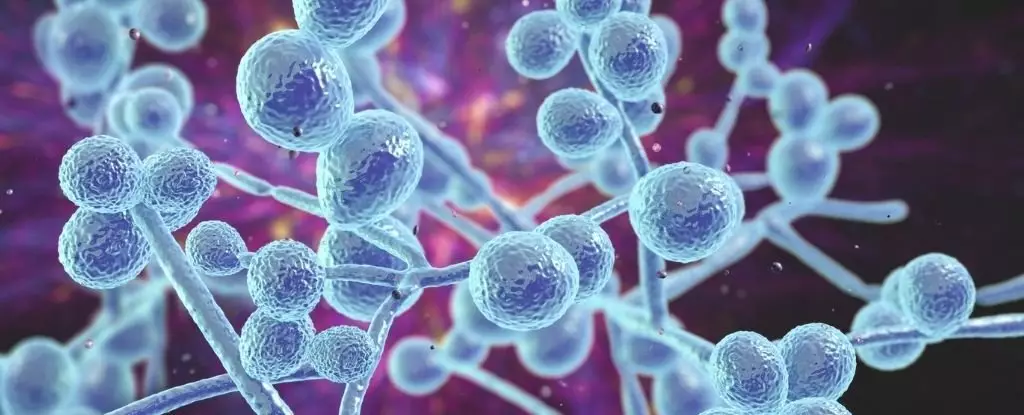Recently, scientists have made a significant discovery in the world of microbiology. A new species of yeast, named Kazachstaniaweizmannii, has been found in the guts of both mice and humans. This discovery has the potential to have remarkable health benefits due to its ability to fight off another yeast species called Candida albicans.
Researchers from Israel and Germany have found that Kazachstaniaweizmannii is able to combat Candida albicans, a yeast that can lead to dangerous fungal infections. While C. albicans normally lives harmlessly on the skin and mucous membranes, an overgrowth can result in candidiasis, which is commonly known as thrush. In some cases, especially in individuals with weakened immune systems, C. albicans can cause invasive candidiasis, a severe and potentially fatal infection that can spread rapidly in healthcare settings.
One of the most promising aspects of this discovery is that Kazachstaniaweizmannii appears to assist in keeping Candida albicans in check, even in mice with compromised immune systems. This competition between the two yeast species could hold therapeutic value for managing diseases caused by C. albicans, according to senior author Steffen Jung from the Weizmann Institute of Science in Israel.
The Role of Fungi in Health
The commensal microbiome, made up of microorganisms living in and on our bodies without causing harm, plays a crucial role in our overall health. While much research has been conducted on the bacteria within the microbiome, less is known about the role of fungi. However, emerging evidence suggests that commensal fungi, such as C. albicans, can actually strengthen the immune systems of mammals.
Understanding how commensal fungi impact immunity could lead to the development of improved treatments for various conditions. The discovery of Kazachstaniaweizmannii as a competitor to Candida albicans opens up new possibilities for managing fungal infections. By out-competing C. albicans for gut occupancy, K. weizmannii has the potential to reduce the population of C. albicans in the intestines of mice, thereby delaying the onset of invasive candidiasis.
The identification of Kazachstaniaweizmannii as a novel yeast species with the ability to combat Candida albicans represents a significant breakthrough in the field of microbiology and human health. Further research is needed to explore the potential therapeutic applications of this discovery and its implications for human health.



Leave a Reply